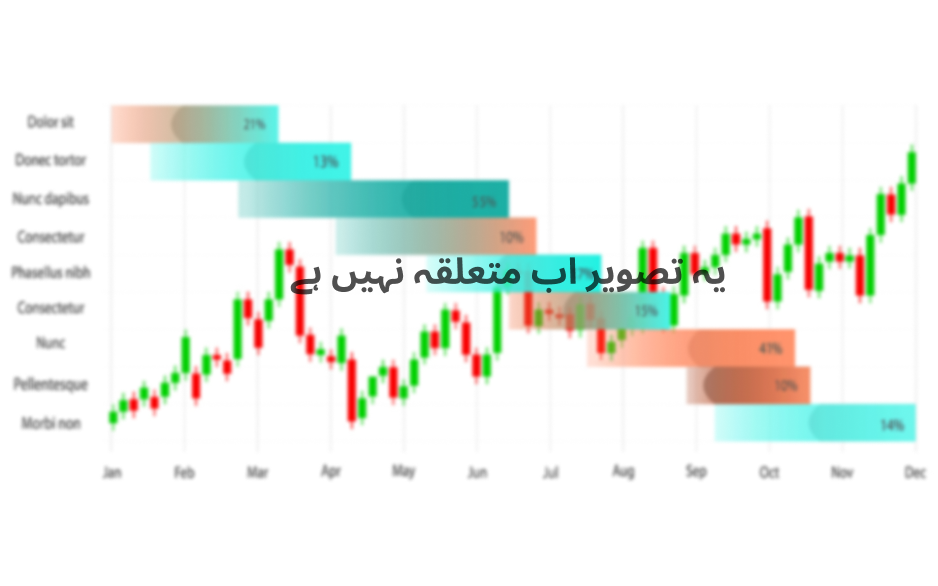1. Analysis of LTCUSDT volume on the Binance exchange.
2. Long-term trend analysis.
3. Medium-term trend analysis.
4. Short-term trend analysis.
5. Japanese candlestick analysis.
6. Conclusions.
7. Statistics.
1. Analysis of LTCUSDT volume on the Binance exchange.
In this analysis, we will use the data on horizontal trading volume from the Binance exchange on daily charts. The analysis is carried out based on the footprint-profile theory. According to the theory, the direction of the horizontal level with the highest trade volume within a day can indicate the likely direction of the trend. The level with the highest traded volume is the level where the maximum number of transactions has been made. This is the level of a major market player. Thus, if the maximum volume level moves higher, this indicates an uptrend. A downward movement of this level indicates a downtrend. A chaotic movement signals that the market is trading in a sideways trend.
02.03.21 – The level of the maximum traded volume (POC - Point Of Control) – 182
03.03.21 - The level of the maximum traded volume (POC - Point Of Control) – 194
The POC has moved upwards. The price is below the POC level. The market seems to have started moving upwards. So, you can open long positions.
2. Long-term trend analysis.
A trend is the trader's friend. Many market participants are aware of this saying. However, they do not know how to use it. The answer is simple: trade only in the direction of the trend. In this case, your trades will have more profit potential with less risk. The classic Dow Theory describes three main trends:
long-term;
medium-term;
short-term.
You need to analyze these trends before opening any trade. This is what we are going to do in the analysis below.
The long-term trend in this analysis is a daily trend. Trades will be made on the daily chart and held for several days. The analysis of the daily trend is carried out with the help of the EMA (48) - an exponential moving average with a period of 48. If the daily candle closed above the EMA (48), it means that we are facing an uptrend and should open long positions. If the daily candle closed below the EMA (48), it means that the trend is downward and we should open short positions.
The price is above the EMA (48). The chart shows the upward trend. In this situation, you may open long trades.
3. Analysis of medium-term trend
The medium-term trend is the trend on the 4-hour chart (H4). In this case, we will also turn to EMA (48). If the candlestick closes above EMA (48) on the 4-hour chart, it will indicate the upward trend. Thus, you should enter long. Otherwise, if the candlestick closes below EMA (48) on the H4 chart, it will indicate the downward trend. Consequently, you should enter short.
The price is above the EMA (48). The medium-term trend is sideways. Therefore, you may open long and short positions.
4. Short-term trend analysis.
In this analysis, the short-term trend is a trend on the H1 chart. It can show a point where we can enter the market. Here, we will again use the EMA (48) - an exponential moving average with a period of 48. If the candlestick closes above the EMA (48) on H1, this means that the quotes are trading upwards and we should buy. If the candlestick closes below the EMA (48) on H1, this indicates that the trend is downward and we should go short.
The price is above the EMA (48). The short-term trend is sideways. The long-term, medium-term, and short-term trends do not coincide. Therefore, traders can open long and short deals.
5. Japanese candlestick analysis.
The classic Japanese candlestick analysis is applied to the daily trading chart. In this analysis, we will also analyze the daily candlestick.
The daily candlestick closed upwards, the candlestick is white. Its high is above the high of the previous candlestick. The candlestick pattern is formless. It has a long growing body. An upward movement is highly likely.
6. Conclusions.
1. Volume analysis: BUY.
2. Long-term trend: BUY.
3. Medium-term trend: BUY SELL.
4. Short-term trend: BUY SELL.
5. Japanese candlestick analysis – BUY.
Conclusion: On March 4, you can open long and short positions.
7. Statistics.
To analyze how effective this approach is, the data on completed transactions is tracked. The forecast is made for four instruments: Bitcoin, Ethereum, Litecoin, and BCH/USD. Trading account monitoring:
The monthly gain in February 2021 was 10.93%.
Statement:
At the moment, we keep the position:
03.03.21 Litecoin BUY: 194.56 SL: 167; The risk is 1% from a $10,000 deposit with a trading volume of 0.04 lot.
We do not open a new position, as the situation in the market is uncertain. Stop-loss orders for new trades can be placed beyond the daily extreme point. We do not set Take-profit orders, as we will continue to move SL beyond the extreme points of the future sessions.
Since trading is carried out on the daily charts, this recommendation remains relevant throughout the day.
Trade with the trend and you will make a profit!










